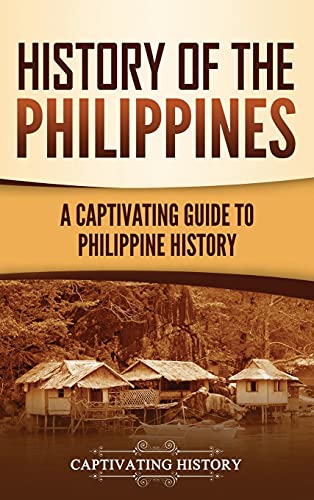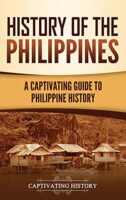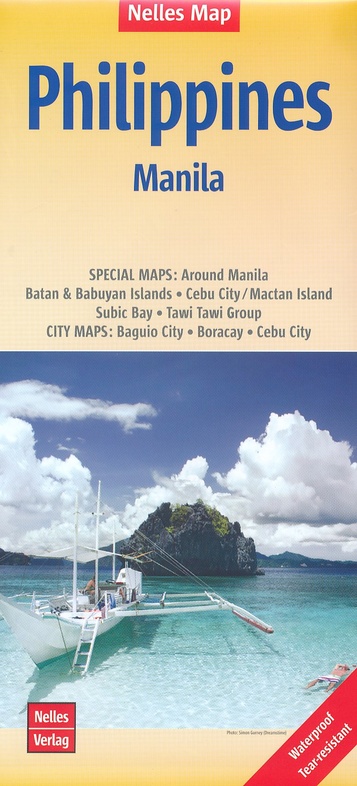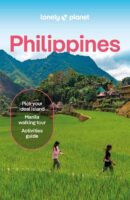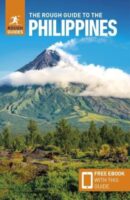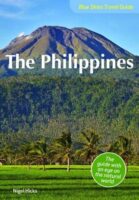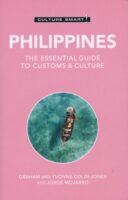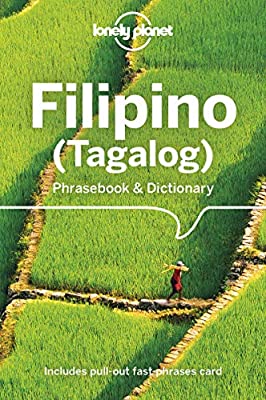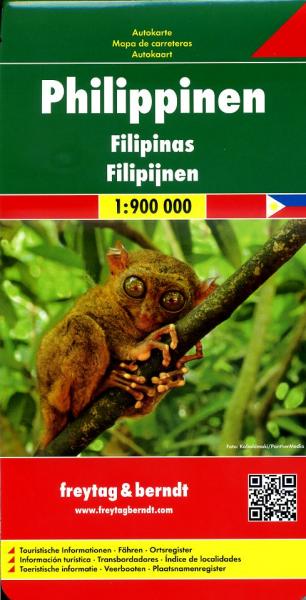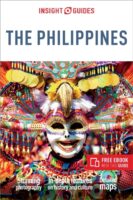History of the Philippines
A Captivating Guide to Philippine History
€27,95
niet direct leverbaar
mail ons voor de levertermijn
- Zeer ruim assortiment
- Verzending 1-2 werkdagen
- Niet tevreden, geld terug
- Ruilen binnen 14 dagen
Titelinformatie
The Philippines is as old as it is beautiful, and it has produced one of the earliest examples of ancient humankind on Earth and provides a wealth of ancient artifacts from human civilizations, as well as prehistoric creatures. The Philippines is further gifted with abundant mineral and metal resources, and in the Common Era, powerful Filipino principalities built upon foreign trade that emerged at strategic places on the ancient maritime trade routes. The Filipinos' interactions with the Indianized kingdoms of Java and Sumatra merged with influences from Arabia and the Asian mainland. Trade, piracy, intermarriages, and cultural blending created a diverse and unique archipelagic culture.
Once colonial influences arrived in the 16th century, the Philippines was mostly involved with the Sultanate of Brunei from Borneo, China, and Japan. Spanish colonists eventually had control of the Philippines-which they demarcated and named-by the late 1500s and retained suzerainty over the islands for over three hundred years. For the first half of the 20th century, the Americans controlled the Philippines, mostly as a strategic military stronghold. The Americans and Filipinos battled together to throw off Japanese occupation during the Second World War, and finally, in 1946, the Philippines became an independent state. Still heavily influenced by the West because of its history, the Filipino people are mostly Roman Catholic, and English is one of their primary languages. Beauty, history, and cultural diversity ensure this archipelago's tradition as the "Pearl of the Orient Seas."
In this book, you will learn: That the Philippines is an area of biological and maritime megadiversity. Why the islands have one of the oldest, multi-layered histories on Earth. Why the Philippines was so attractive to colonizers. How the Spanish managed to rule a diverse archipelago for over three centuries. To understand the ongoing relationship between the United States and the Philippines. Why the islands are ethnically and culturally abundant but still unified. How history has created its own island regions of independent rule. Scroll up and click the "add to cart" button to learn more about the history of the Philippines!
Titelspecificaties
| Regio | Filippijnen |
|---|---|
| Uitgavedatum | 2021 |
| Uitgever | |
| ISBN | 9781637163436 |
| Categorie | Landeninformatie |

